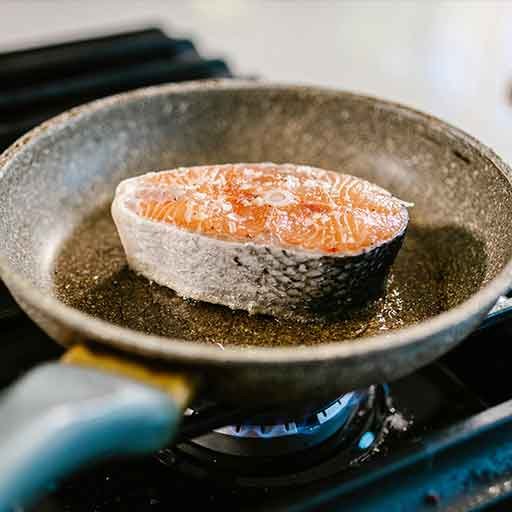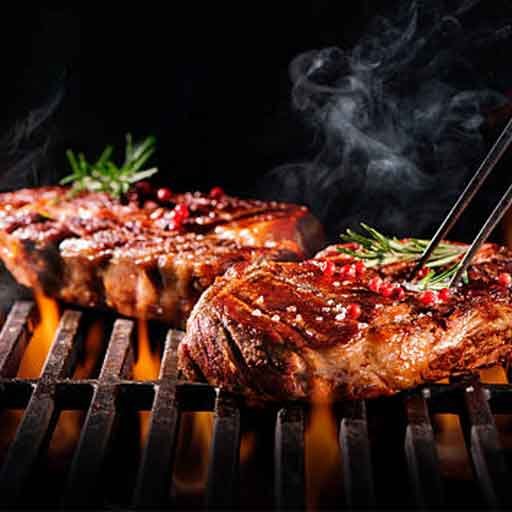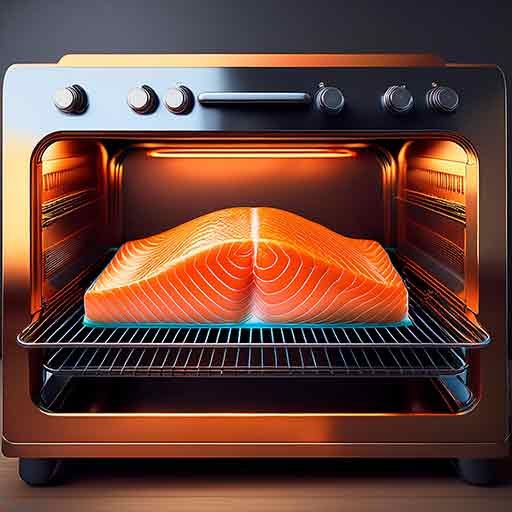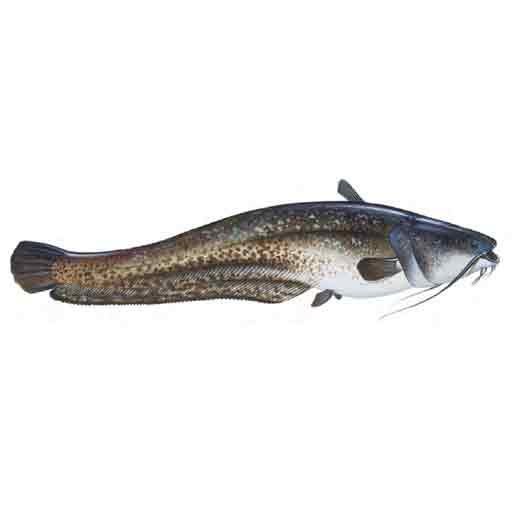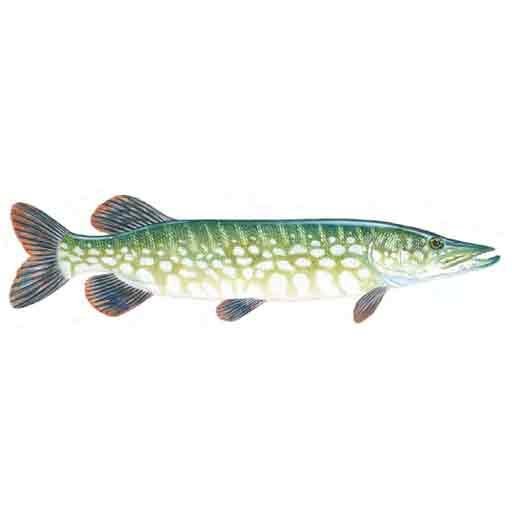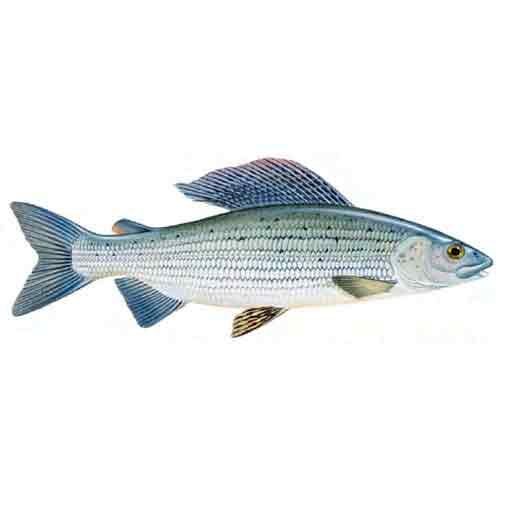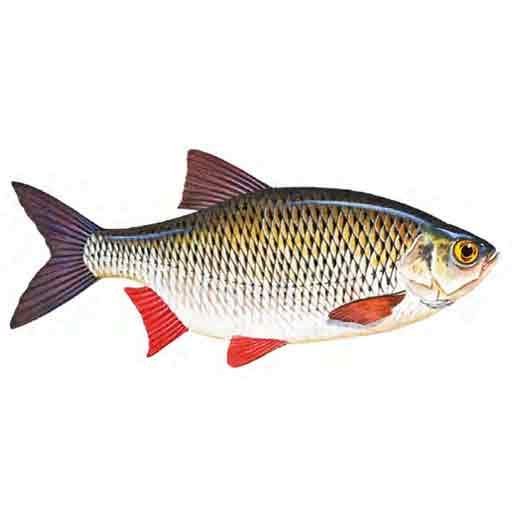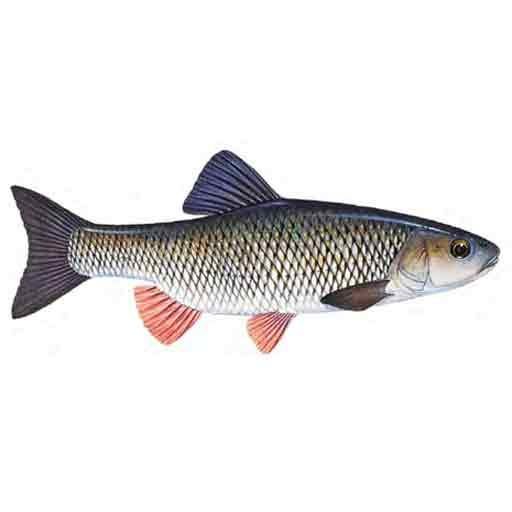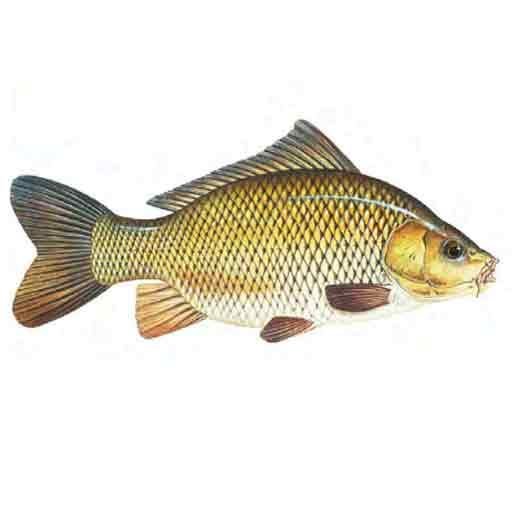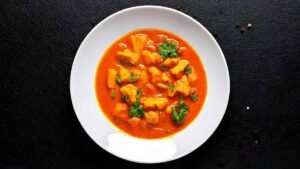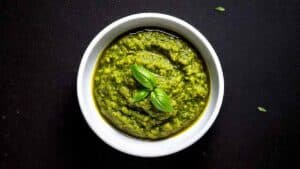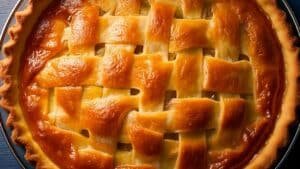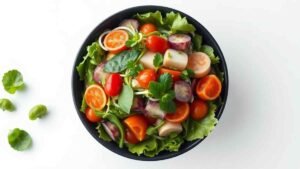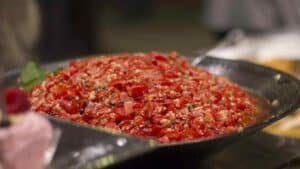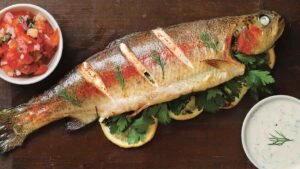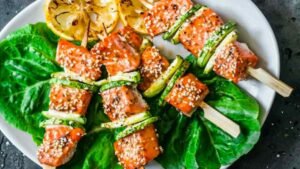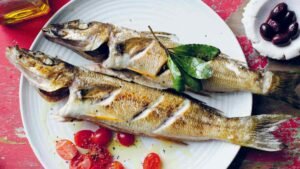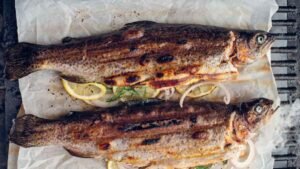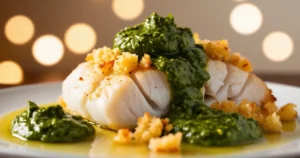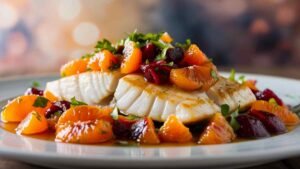A member of the black bass family, active and sometimes cannibalistic predators, the largemouth bass has an upper jaw that extends to behind its eye, hence the name. This species feeds predominantly on smaller fish, frogs, and crayfish, but does not feed during spawning. As the water warms up, so does its metabolism: the preferred temperatures for feeding are from 10 to 27°C (50 – 80°F); it feeds most heavily from 20 to 27°C (68 – 80°F). Like all species of black bass, the largemouth bass thrives in clear water with overgrown banks or extensive reed beds. The biggest largemouth bass are found in the rivers of Florida. A whole industry has grown up in the USA around these immensely popular fish, with professional tournament circuits and huge prize money on offer.
Largemouth bass prefer tranquil, clear waters where they can search for prey among small fish and other creatures hiding in reeds or bankside vegetation.


